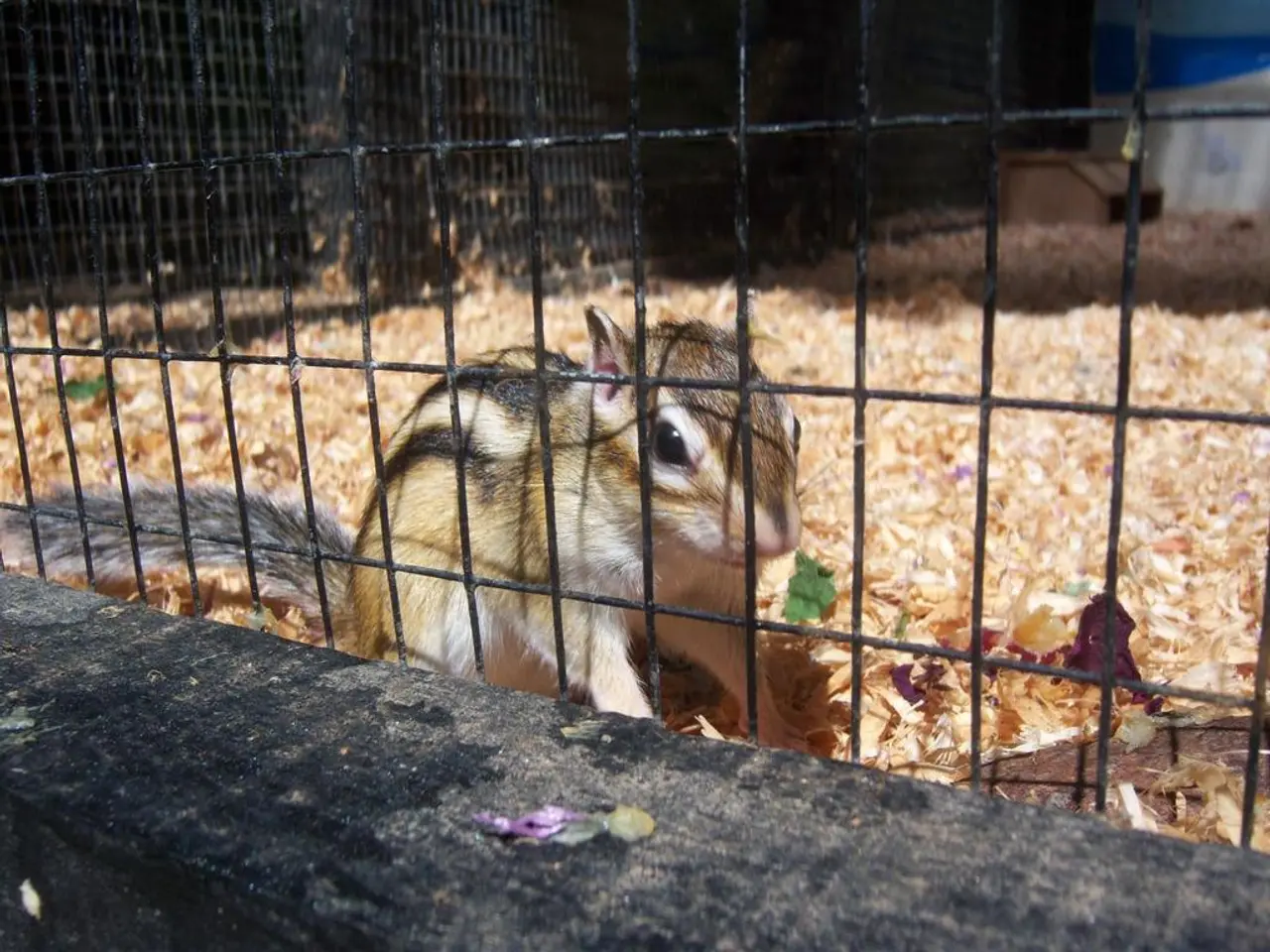Recent Research Supports Concept that Wolves Swapped Wildness for Human Leftovers, Transforming into Canines
It's a surprising thought, isn't it, that those lovable pups snuggled up on our couches and begging for peanut butter traces their roots back to the fierce grey wolves we often associate with the wilderness? After all, it's hard to imagine these two worlds colliding, especially when considering the friendship between your binge-eating labrador and the laziest of poodles.
However, this is precisely the evolutionary journey that dogs have undertaken. Numerous studies suggest that dogs have descended from grey wolves in two separate periods: around 30,000 to 15,000 years ago, and 15,000 years ago up to the modern era.
More recent developments involved humans selectively breeding for tamer wolves. But the older period of domestication has been a topic of debate, and a team of researchers from the U.S. has recently added their two cents to the discussion.
In a study published in the Proceedings of the Royal Society B: Biological Sciences, they argued that grey wolves domesticated themselves to gain access to food from prehistoric human settlements. This theory, often referred to as the proto-domestication hypothesis, suggests that wolves evolved to become more tolerant of humans in order to access a stable food source, eventually leading to the emergence of dogs.
Critics of this theory often argue that natural selection without direct human intervention wouldn't have occurred so quickly. To counter this, the researchers employed mathematical models to demonstrate that it was, in fact, possible for this self-domestication to occur within the 15,000-year time period.
While some may scoff at the idea of wolves adopting a more friendly demeanor on their own, it's important to remember that self-domestication likely involved docile wolves possessing an evolutionary advantage. These wolves, who were less aggressive and more willing to approach human settlements, would have had a better chance at securing food scraps.
In other words, wolves with the best survival skills would have been those that were better at coexisting with early humans. This increased tolerance and preference toward human environments ultimately allowed these wolves to thrive and eventually evolve into the first primitive dogs.
The research team investigated the "time constraint objection" to the self-domestication hypothesis by using computer models to simulate the evolution of a single wolf trait: human tolerance. The models took into account factors such as mate choice, which allowed for some degree of interbreeding between more and less docile wolves.
The results of the simulations indicated that the self-domestication hypothesis couldn't be ruled out based on time constraints. In other words, natural selection and mate choice could have played significant roles in the domestication of wolves into dogs within the 15,000-year time frame.
However, it's important to note that the simulations don't necessarily represent reality and that there are still other legitimate objections that the study didn't address, such as the availability of human food scraps or human tolerance of wolves in prehistoric times.
There's also another competing theory that suggests humans played a more active role in the domestication process. This idea claims that humans raised wolf pups and socialized them within their settlements. Pups that failed to adapt to their new environment were likely put down, while those that showed potential were kept and considered valuable assets.
Overall, the research provides a framework for testing the feasibility of the proto-domestication hypothesis, suggesting that natural selection and mate choice could have played significant roles in the domestication of wolves into dogs. But there's still much to be learned and explored regarding the complex history of our canine companions.
The study proposes a future discussion about the legitimacy of the self-domestication hypothesis, challenging the notion that natural selection without direct human intervention couldn't occur quickly. Technology, specifically mathematical models, was employed to demonstrate this hypothesis's feasibility within the 15,000-year timeframe. In the realm of science, this research contributes timelines to the evolution of dogs from wolves. The success of docile wolves in coexisting with early humans, a trait vital for survival, is a testament to the prospect of self-domestication, leading to the emergence of the first primitive dogs.






